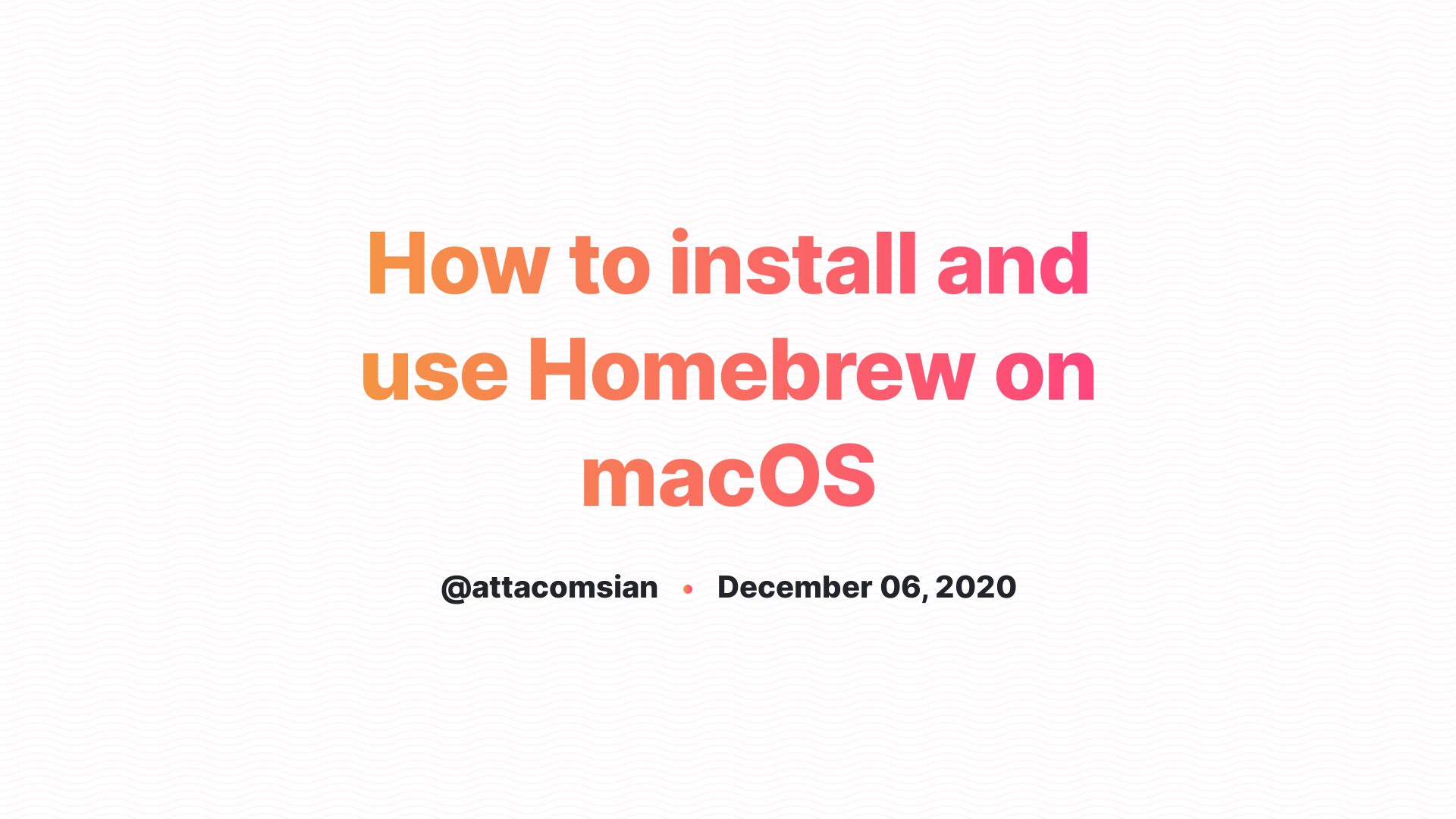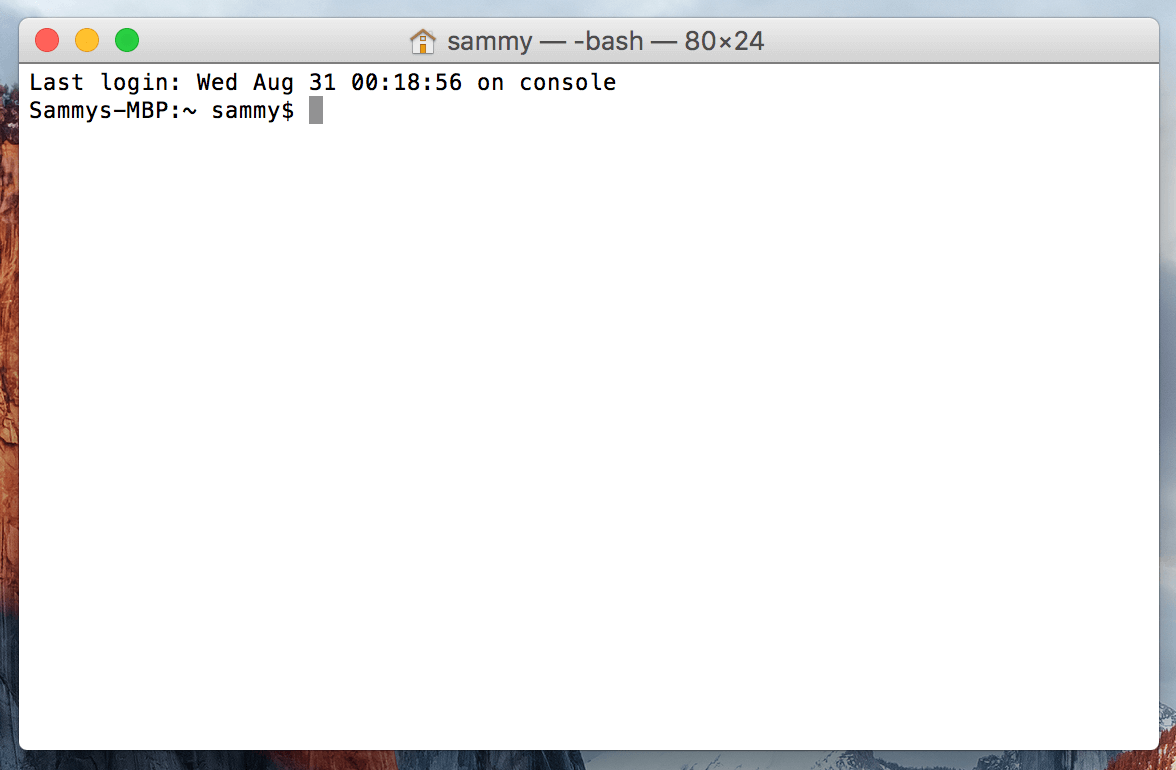


- #Macos homebrew applications install
- #Macos homebrew applications full
- #Macos homebrew applications code
- #Macos homebrew applications series
As long as you know what ls, cd and pwd are, you are ready to go. You don’t need to be a Terminal ninja with the most complex. Prerequisitesįamiliarity with the basics of the command line would be cool. This “Comparison of Programming Language Package Managers” HN thread is the place to go to find out more about them.Īt the end of the day all package managers do the same job - make your life easier and boost your productivity by removing tedious tasks from your workflow. For example, npm and Yarn are commonly used by JavaScript developers, Composer makes the life of PHP developers much easier and Pip is the best friend of Python developers. Programming languages have their own ecosystems and their own package managers to manage project components. As a macOS user Homebrew is the one that I will guide you through, but I am sure that you can follow along and find the equivalent commands for your operating system of choice. Scoop and Chocolatey are the equivalents for Windows users. apt-get from Ubuntu systems is probably the most widely used one. The concept of using command line tools to manage packages isn’t new.
#Macos homebrew applications install
brew install node mongodb & brew cask install visual-studio-code Homebrew, the missing package manager for macOS. There must be a better way than doing all these things manually! Good news - there is. Again - visit the project’s website, download an installer…Īs a curious human being you are probably going to do a lot of these monotonous tasks: installing and removing software, switching versions of dependencies, searching and trying new tools.
#Macos homebrew applications code
Again - visit the project’s website, download an installer… You know what?! Visual Studio Code is hot. You may need some kind of database at some point - MongoDB works really well with it. You visit the project’s website, download an installer, go through the installation process. † aka the year of our lord 2009.So you are planning on learning something new - Node.js for example - and you need to download it first. Use MacPorts, which actively supports your operating system and will continue to do so for the foreseeable future.
#Macos homebrew applications full
Continue using Homebrew, with full knowledge that most packages will be broken and anything that is not broken will likely become broken in due course and at the least opportune time.
#Macos homebrew applications series
And 2005, for those who don't know, is a long forgotten age when phones were actually used to make phone calls, Zoom was just a TV series on PBS Kids, and Mug Cake hadn't been invented yet).

(OS X Tiger, for those who don't know, is an operating system released in 2005. Notably, "best-effort" in this context is a term used to mean "a lot of f*cking effort." MacPorts actively maintains bespoke patches, hardware buildbots, and compatibility libraries for every version of macOS going back to OS X Tiger.

However, it also supports older versions of macOS on a "best-effort" basis. MacPorts also supports the three most recent versions of macOS. Homebrew can sometimes be installed on older operating systems too, but Homebrew's developers make zero effort to support these systems. Homebrew supports the three most recent versions of macOS, which as of this writing is Monterrey, Ventura, and Big Sur. There is one particular difference between Homebrew and MacPorts which may interest you: Once they all get tired of arguing, however, they usually acknowledge that Homebrew and MacPorts do basically the same thing, and return to more important topics like why tabs are better than spaces. These projects are different in a variety of ways that some folks care about very deeply, and lots of people have opinions about which package manager is better. Since time immemorial †, there have been two package managers for Macintosh computers: Homebrew and MacPorts.


 0 kommentar(er)
0 kommentar(er)
